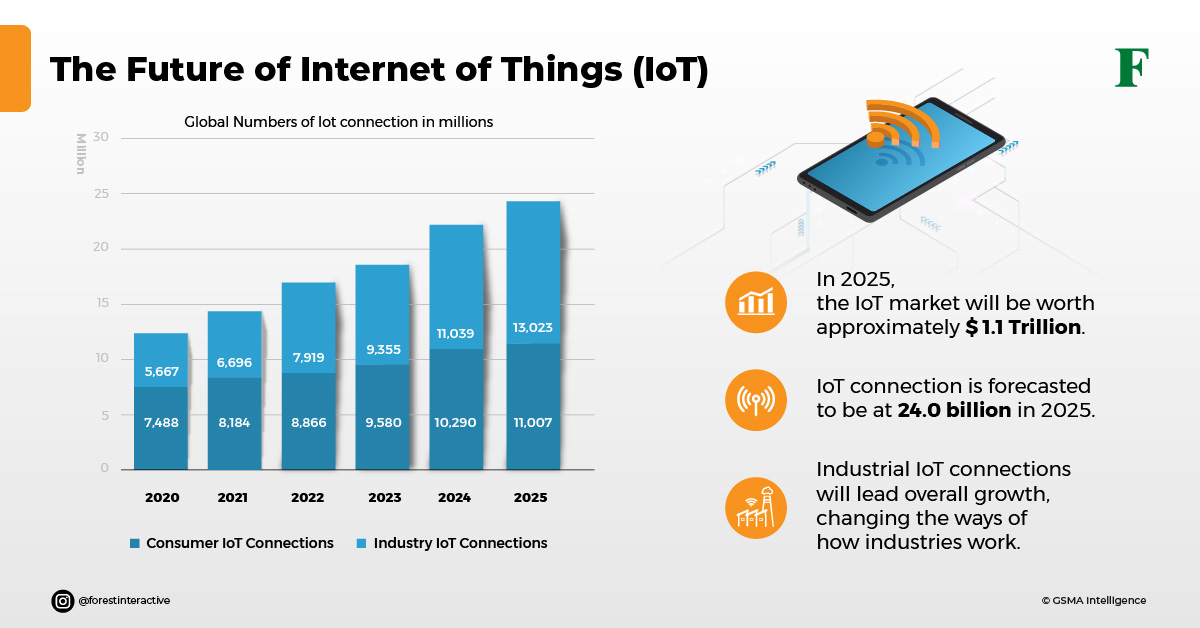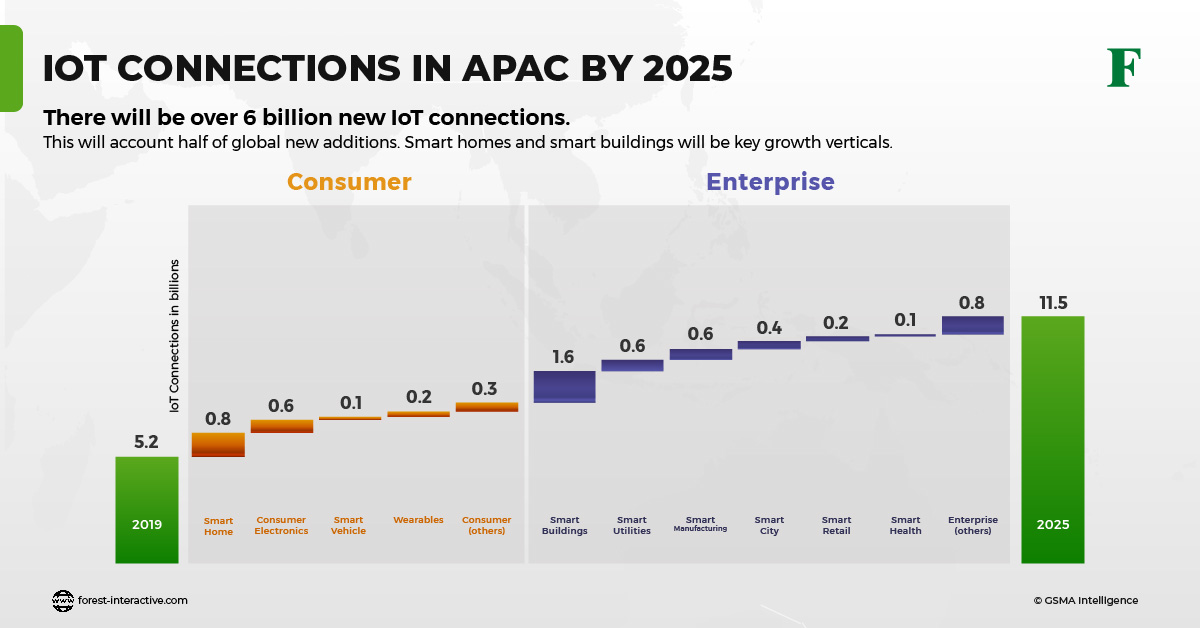
For the ecosystem of IoT devices to thrive in the coming 5G era, traffic networks have to evolve. Organizations that want to deliver high-quality user experiences need to consider how to improve their own existing communications infrastructure in order to fully leverage 5G’s capabilities. For example, what happens if you combine the power of 5G with Software-Defined Wide Area Networking (SD-WAN)?
5G is expected to bring peak download speeds of up to 10 gigabits per second – approximately 100 times faster than today’s 4G – in the near future, but not every organization’s infrastructure is up to par yet. Using SD-WAN makes businesses more agile, while also providing cost savings and enhanced application performance. Upgrading the business cellular network to 5G enables greater speed and volume of data.
Combine both SD-WAN and 5G, and enterprise networks could be taken to the next level. This mobile revolution would bring greater network agility, enabling organizations to process so many resources in a game-changing manner.
Advantages of Using SD-WAN to Support 5G
With the prospect of billions of devices connecting to the ever-expanding Internet of Things (IoT), mobile data usage will grow exponentially in the next few years. Something has to manage all that traffic, and the potential uses for SD-WAN to complement 5G is considerable. Here are the 5 key advantages SD-WAN can help enable a seamless transition to a full 5G infrastructure.
-
Simplified Network Management
Traditionally, setting up new devices would have entailed the device’s manual configuration at each location. SD-WAN does away with this inconvenience by simplifying the control of networks supporting IoT through its centralized management platform. Cutting down on operational requirements, SD-WAN leverages automation to allow new IoT devices to connect to the network without needing to reprogram software.
Through a single management dashboard and by using pre-configured templates, organizations can make quick changes to network traffic, regardless of the number of edge locations. This kind of adaptability is desirable for business because, once 5G arrives, the consumer landscape will change rapidly and organizations will want the capability to connect various devices as easily as possible.
Related topic: What Is Open RAN and How Will It Support 5G?
-
Scalability and Reliability
Currently, many organizations use multiple IoT devices to collect raw data to better understand their clients’ and employees’ needs. When 5G comes online in the future, traditional network infrastructure may suffer major strains due to the incoming surge of data, which could in turn affect application performance and user experience. SD-WAN provides a solution to this issue by providing a network topology that can be scaled up or down based on the unique level of application needs.
It’s become more and more common for organizations to rely on multiple cloud services to support their processes so low-latency and reliable connectivity is key. Built for flexibility, SD-WAN frameworks are engineered to meet evolving enterprise-scale requirements, i.e. supporting the increase in connected devices and data sources without compromising connection quality.
-
Routing Optimization
Whether it’s over high or low bandwidth, the SD-WAN platform allows organizations to automatically prioritize routes and delegate resources based on the criticality of an application. For example, for voice over IP (VoIP), SD-WAN would designate a high-availability (and higher cost) circuit because it’s sensitive to latency and packet loss, whereas for email, web browsing and other less critical applications, they would be dynamically routed over a lower-cost circuit.
Depending on the use case and the organization’s desired quality of service, the capabilities of SD-WAN would help ensure the targeted levels of service for a specific application. Plus, no manual adjustment is required for each WAN service the application touches.
-
Supports Edge Computing
Devices and applications will need to have the computing power to process high volumes of data quickly to fully leverage 5G’s benefits. This means that organizations that run on legacy IT systems may bear heavy costs if the network infrastructure needs to be overhauled and upgraded in preparation for 5G.
SD-WAN allows organizations to move computing functions to the cloud, where resources are more scalable and can be located closer to edge devices. By leveraging edge computing, SD-WAN also helps organizations push for environmentally sustainable operations by reducing hardware costs and energy consumption through more wireless technology implementation.
-
Enables End-to-End Security of IoT Traffic
Today, data security breaches are a major concern for government institutions and businesses as they can be costly and disruptive events. 5G enables applications to operate within different virtualized environments via “network slicing” – splitting network frequencies into “slices” that reside on a shared infrastructure. As the number of network slices and user devices increases, the number of attack vectors for malicious actors to exploit also grows.
While this seems like a flaw in the 5G system, the actual upside is that organizations are allowed to create different security zones for different levels of security on the network. When coupled with SD-WAN, 5G becomes more secure because it provides an extra layer of data security for these zones by sending data through encrypted private tunnels. SD-WAN enables consistent security policy enforcement and monitoring across all these zones, devices and network slices.
Related topic: What is 5G Network Slicing?
Powering the Modern Business with SD-WAN and 5G
With high-capacity, high-speed bandwidth and low latency offered by 5G’s unique architecture, organisations will be able to manage applications at the edge of their network more reliably by being able to process high volumes of data at unprecedented speeds. Adding SD-WAN will be the cherry on top, giving businesses state-of-the-art capabilities to manage networks and route traffic, while ensuring the superior performance of mission-critical applications. In short, getting the most out of 5G networks includes addressing mobile connectivity challenges and this becomes easier when paired with an SD-WAN approach.









